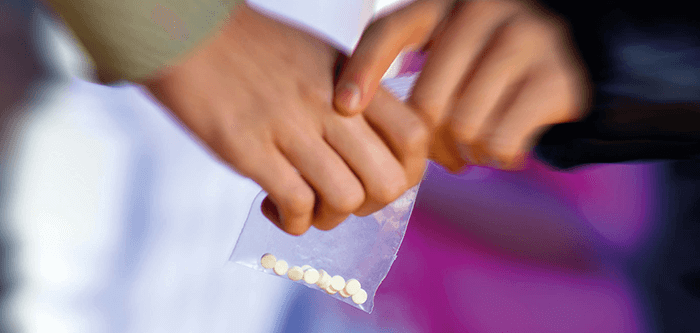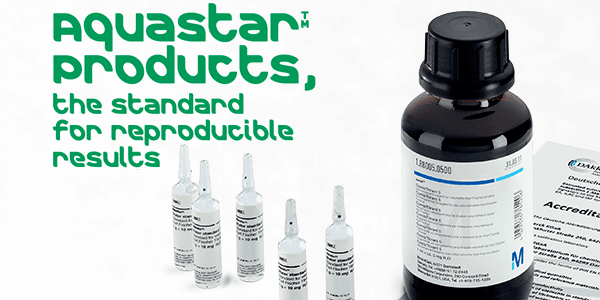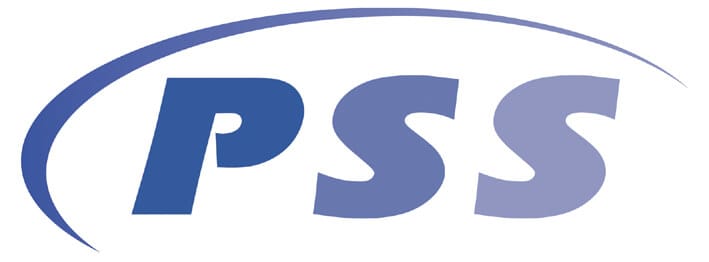Ronja Peter1, Maurice Wilde1, Jürgen Kempf1, Markus Meyer2.
1 Institute of Forensic Medicine, Forensic Toxicology Department, Medical Center – University of Freiburg, Germany
2 Bruker Daltonik GmbH, Bremen, Germany.
Introduction
Benzodiazepines such as phenazepam and etizolam - which are still prescribed in some countries - were initially available on the Internet providing an attractive and alternative source to prescription- only benzodiazepines. In the last years, the group of so-called designer benzodiazepines has been enlarged by compounds that are either precursors (e.g. diclazepam) or active metabolites (e.g. norfludiazepam) of known benzodiazepines or that combine structural properties of different classical benzodiazepines (e.g. flubromazolam). Since patents and scientific literature describe the synthesis, and detail results of animal model studies, for more than a hundred different benzodiazepines, it can be assumed that this sub-group of NPS will extend quickly in the future. In this study we describe the workflow to augment the Toxtyper™ library with new compounds of interest such as synthetic drugs. In addition, we show how semi-quantitative results may be obtained within the Toxtyper screening workflow.

Methods
Sample Preparation: Serum samples were extracted using an alkaline liquid-liquid extraction currenty used for other routine LC-MS methods in the authors’ laboratory[1]. D5-Diazepam, D4-Haloperidol and D3-Doxepin, 50 ng/mL each, were added as internal standards (IS) prior to extraction. 1 mL of serum was extrac- ted using 0.5 mL of 1-clorobutane and 1.5 mL of borate buffer (pH 9). After 5 min of mixing, followed by a 10 min centrifugation at RT, the organic supernatant was transferred to an LC-vial, dried under a gentle stream of nitrogen (40°C) and the residue dissolved in 25 μL eluent A : B (50 : 50 (v/v)). This sample preparation is identical to that used for the Toxtyper™ screening, thus these extracts can be re-used for either comprehensive screening or semi-quantitative analysis of benzodiazepines.






